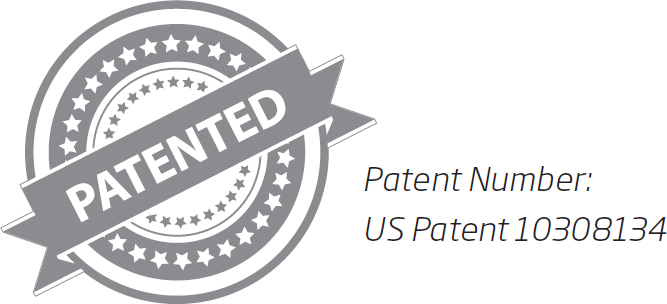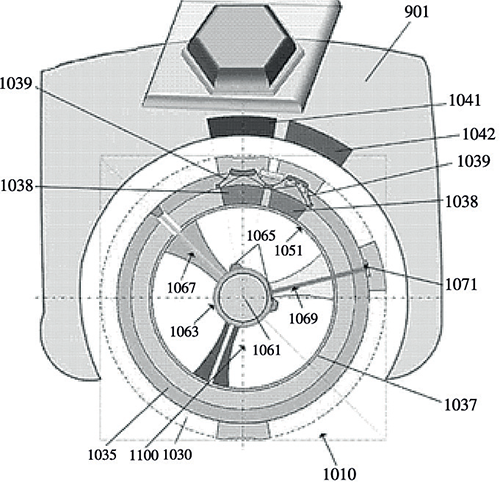
Revolutionizing Urban Mobility: The Future with Citroën’s Autonomous Mobility Vision and Goodyear’s Spherical Tires
With the development of autonomous vehicle systems and a move towards electrification in the automotive industry, a number of new mobility solutions have emerged, which seek to take advantage of new vehicle technologies.
One such solution is the ‘Citroën Autonomous Mobility Vision’ – a collaboration between Citroën, Accor and JCDecaux, which is presented as ‘the future of urban mobility’. The concept centers on interchangeable pods, offering different experiences, that sit on an autonomous platform. The platform is driven by ‘Eagle 360’ spherical tires, developed by Goodyear.
Spherical wheels have long since captured our imagination with depictions in movies such as iRobot, which showcased the Audi RSQ concept car. The spherical tire has been around for some time – as shown by US Patent 4611863, which describes a magnetically supported and torqued momentum reaction sphere, and US Patent 8232699, which describes a magnetically levitating vehicle. However, the Goodyear concept seeks to improve on the general idea, using artificial intelligence to autonomously adapt the tire profile according to the road conditions or based on instructions from a remote computer.
The spherical tires are described in Goodyear’s US Patent 10308134 which was granted in 2019. The tire is 3D printed and uses a magnetic drive system to levitate the vehicle over the spherical tire and drive its rotation, without making any physical contact.

Goodyear’s patent reveals a number of interesting aspects of the wheel. As shown in Fig. 1, the spherical wheel (1010) has several layers – a spherical outer tread layer (1030), a spherical foam layer (1035), a spherical magnetic layer (1037), and a support layer (1051). The wheel is driven by a drive system (1100), which includes the magnetic layer as well as a permanent magnet (1041) and an electromagnet (1042), mounted on the vehicle (901). Together, the components of the drive system magnetically levitate the vehicle above the wheel, controlling its rotation and orientation using magnetic field variations.
In addition to the drive system, the patent describes how the outer tread layer of the spherical wheel can be adapted using adjustable features (1039). The physical shape or properties of these features can be changed when actuated by diamagnetic elements (1038) in the foam layer to change the tread pattern during use. This allows the wheel to switch between a slick and a grooved tread. The patent also describes how artificial intelligence can be used to alter the tread depth or tire profile, according to the sensed driving conditions.
The magnetic levitation eliminates the need for any mechanical contact between the tire and the car. This should result in reduced noise, vibration and harshness experienced by the occupants of the vehicle. The spherical shape of the tires has several advantages, for example, the contact patch is much larger than a conventional tire and the wheel is omnidirectional. The larger contact patch should increase traction between the tire and the road surface, potentially reducing stopping distance, improving cornering and increasing acceleration. The omnidirectional rotation of the tire can reduce the amount of wear particles released by the tire, which are a major source of microplastics found in the marine environment. It also opens up the opportunity for the vehicle to overtake without changing its orientation, and to parallel park in a sideways direction. The ability to change the tire tread, using artificial intelligence based on driving conditions, can also allow the tire to adapt to changing conditions and increase safety.
Whilst tires are not necessarily seen as the cutting edge of automotive technology, this patent shows that new concepts and innovations can exist in even the most conventional of components. By securing patent protection at an early stage for their innovation, the team of collaborators can continue to develop the technology, without the risk of competitors copying their work and potentially beating them to market.
Diego Black is a partner and patent attorney at European intellectual property firm, Withers & Rogers. Withers & Rogers LLP provides expert advice on the protection and enforcement of IP rights particularly for inventions, designs and trademarks.
www.withersrogers.com